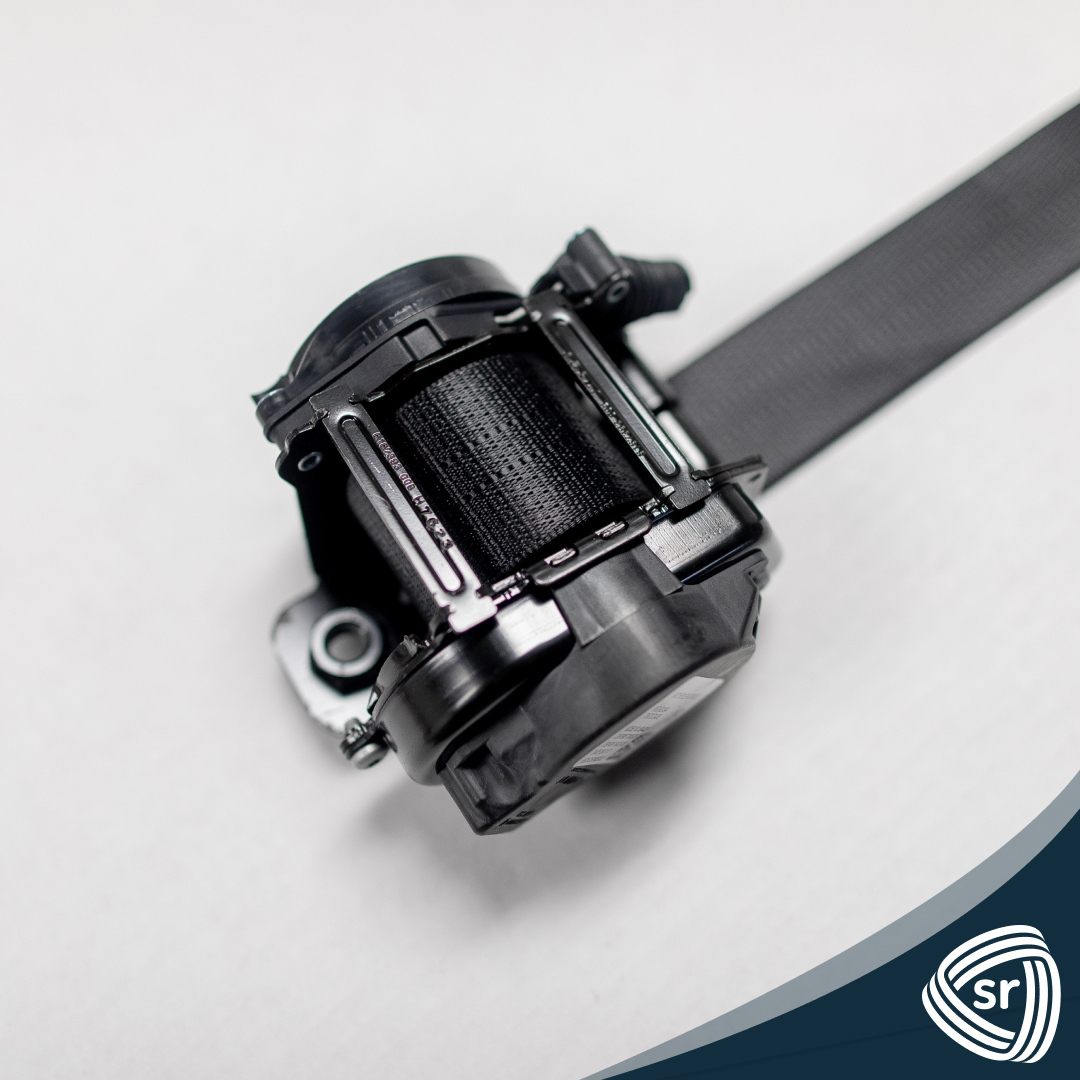Seat belts can be a lifesaver in the event of a collision or accident. However, that doesn’t mean they’re immune to any possible defects as well. Seat belts are prone to sudden malfunctions, just like any other car part.
There is a range of common seat belt problems and they have their corresponding causes. Part one of this article series will be tackling how you can repair your seat belt when it refuses to retract properly. If you want to find out more about why the retract function isn’t working and how you can solve it, keep on reading:
Learning Why Seat Belts Won’t Retract
Have you ever gone through your whole ride with the seat belt on, arrived at your destination, and pressed the release button only to find out that the seat belt isn’t retracting? This can be a little worrying since the retract feature of the seat belt is usually what prevents you from flying out of the seat in the event of a car crash.
There are several potential causes. The first is just a simple case of a twisted seat belt strap, preventing the retractor from taking in the whole belt. A tougher reason to deal with would be if the seat belt’s retractor itself were defective, as it often means that you’ll need professional help and repair if not a replacement.
Understanding The Restraint System
The retracting feature concerns a few parts of the seat belt’s restraint system. Being aware of these parts may help you understand how you can work around these components and eventually rectify the faulty retracting feature. At the very least, it will help you identify the problem much quicker. Here are the main parts of the restraint system you should know:
- Belt – The webbing, or more commonly referred to as the belt, is what helps hold down a vehicle’s driver or passenger in their seat. To make sure it can handle any sudden movement or lurches, polyester fibers comprise this part of the restraint system.
- Buckle – A buckle is used to fasten the belt to a latch plate placed at one side of the seat. Any occupant should be able to hear their buckle click when it’s been latched on properly.
- Retractor – A retractor is responsible for pulling back the belt when the buckle is released from the latch plate, designed to just hold a person in place when it isn’t unclicked. It also holds the seat belt when it isn’t in use yet.
Fixing The Seat Belts That Won’t Retract
Seat belt repair should be best left to experts, especially when it concerns certain parts like the retractors. You can inspect the seat belt and attempt to fix any minor problems like tangled belts though. Here’s a step by step on how you can check and fix the retract feature:
- Unbuckle And Test The Retraction. If the belt is unbuckled and isn’t being retracted, try inching the belt backward as if you were feeding the retractor before letting go. If the belt stays stagnant, it’s possible that there’s just a twist preventing it from moving.
- Pull The Seat Belt All The Way Out. Be slow and deliberate when pulling out the belt from the retractor all the way. Doing this step can help you inspect the belt for any possible twists or tangles affecting the seat belt.
- Carefully Detach The Paneling. If the retractor isn’t allowing the belt to get pulled out, try to remove its paneling and study how you can get the components to pull in or pull out correctly.
Conclusion
Be extremely careful with the seat belts, especially when they’re malfunctioning, as it isn’t too ideal for worsening the problem before you get an expert to take a look at them. Stay tuned for part two for learning and fixing a seat belt that won’t pull out.
Need seat belt repairs? Safety Restore is a global leader in post-accident restorations, seat belt repairs, and more. Get in touch with us today!



